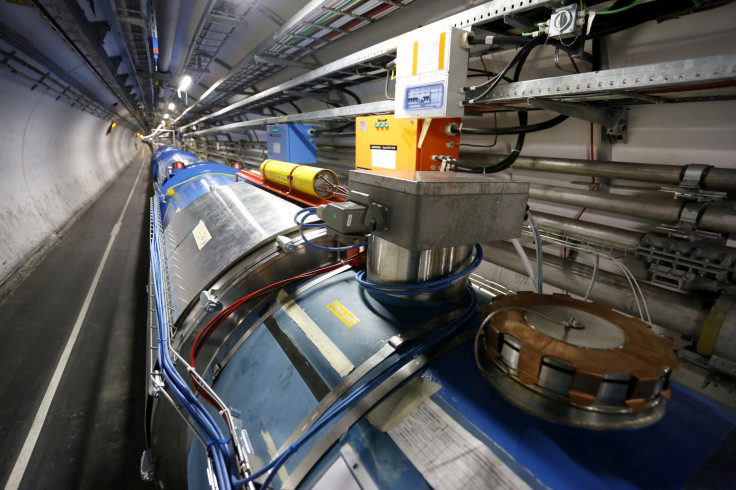Lego Large Hadron Collider Built

University of Liverpool graduate student Nathan Readioff, who is currently doing research out of CERN, The European Organisation for Nuclear Research, has built a Lego replica of the world’s largest machine, the large hadron collider.
The large hadron collider, also the longest machine ever, according to Wikipedia, was built in collaboration with over 10,000 scientists and engineers from over 100 countries as well as hundreds of universities and laboratories. It lies in a tunnel 27 kilometres (17 miles) in circumference, as deep as 175 metres (574 ft) beneath the Franco-Swiss border near Geneva, Switzerland.
Readioff’s Lego replica of the collider takes just 371 Legos and about 10 minutes to make, according to io9.com. Though a single detector of the actual large hadron collider can weigh over 10,000 tons, Readioff’s model is shrunk down to a handheld scale. Readioff's design uses existing Lego pieces to replicate all four elements of the large hadron collider, known as ATLAS, ALICE, CMS and LHCb. It uses cutaway walls to reveal all of the major subsystems. He has also written step-by-step instructions to make the miniatures and has now submitted his models to the Lego Ideas Web site, where ideas that get more than 10,000 votes are considered by Lego for production.
Readioff said that he has always been a Lego fan. He had in mind Lego's basic principles of encouraging imagination and play through building bricks. He is in the third year of a PhD programme at Liverpool University.
This not the first time someone has used Legos to build a model of parts of the large hadron collider. Sascha Hehlhase, a postdoc at the Niels Bohr Institute in Copenhagen, and aanother University of Washington physics students each separately used Lego blocks to assemble replicas of the the ATLAS particle detector.
To contact the writer, email: sonali.raj@gmail.com





















